Building Five, 1950s
(Courtesy Duke Archives)
The history of Blackwell's Durham Tobacco (later American Tobacco) and the Golden Belt Manufacturing Co. are inextricably mingled. In 1887, the Golden Belt Manufacturing Co. originated in a portion of the Bull Durham Tobacco Factory (the white building at the northern extent of the American Tobacco complex) as an operation to produce the cloth bags in which the tobacco was sold. (You would, of course, roll your own cigarettes or do whatever else you liked with the tobacco.)
In 1901, the company constructed a new factory for the Golden Belt Manufacturing company, across from Julian Carr's Durham Hosiery Mill No. 1 at Angier and Main Sts. The factory was divided into a cotton mill (Building 1) and a bag mill (Building 2.) The company also constructed 50 mill houses to the east of the facility to house families. The company employed 700 people, predominantly female.
Golden Belt, 1910
It appears that Golden Belt remained a subsidiary of the American Tobacco Company after the 1911 with the Sherman Act antitrust action against the company. World War I would increase business for the factory to an all-time high.
Golden Belt, 1910s - looking north. (Likely taken from the tower of Durham Hosiery Mill No. 1.) It's easy to see the addition to Building 2 in the foreground, over and to the right of the "drive-thru" entry. A portion of Building 4 can be seen in the right background.
(Source Unknown)
Postcard of Golden Belt from the Durham Hosiery Mill No. 1 tower, ~1910. Buildings 1, 2, their joining warehouse, and the office building (later Building 7) are visible to the left. Building 4 is separated from the others, to the right.
(Courtesy John Schelp)
Golden Belt in the 1920s, looking northeast from the intersection of East Main and Angier Ave.
(Courtesy Duke Archives)
In 1923, Golden Belt diversified their operation again, beginning to manufacture labels and covers, boxes, and cartons for cigarette packages. By the late 1920s, cigarettes began to overtake traditional smoking tobacco. However, the depression granted a temporary reprieve, as poverty forced people to return to less expensive roll-your-own cigarettes.
In 1927, the factory built a dye house at the eastern edge of the property, which became Building Five.
Above, Golden Belt from the air in 1959. The Durham Hosiery Mills buildings are to the left and down (southwest.) This picture also shows how the path of Elizabeth St. was significantly further to the west before it was realigned to link with Fayetteville St. in the 1960s. Building Five has the lighter roof, and sits at the eastern edge of the property along Belt St.
By the 1960s, Golden Belt again diversified - this time into plastics production.
Below, the facility in the late 1970s.
And another view from across E. Main St., 1981.
(Courtesy Robby Delius)
By the 1960s or 1970s, the monitor roofs had been removed from Building Five and the windows bricked in.
An aerial view from a similar timeframe.
Building Five from a dirt Belt Street, 1984.
The company continued to manufacture cigarette packaging into the 1990s. Business continued to decrease, however, and the loss of Phillip-Morris' business in 1992 halved revenue. In 1995, Brown and Williamson acquired American Tobacco. An antitrust judgment evidently forced them to sell off several brands. Curiously, this may have led to them rejecting an offer from an employee to purchase the entire plant for $16 million and instead breaking up the company.
In 1996 Brown and Williamson Tobacco Co., the owner, failed to attract a buyer for the buildings and donated the facility to the Durham Housing Authority. One building was renovated by the housing authority as the Golden Belt business incubator, and I believe several other tenants leased space in the building. It appears that Julio Cordoba of Raleigh purchased the northern portion of the facility in 2002 to create the East Village Corporate Center, which would provide space for small business tenants. This entity received $36,000 in incentives to create jobs at the site, and still occupies this building.
In 2004, the DVI subsidiary of the Durham Housing Authority put the southern portion of the complex on the market. It was sold to Scientific Properties in October 2006, for $2.6 million. Scientific Properties proposed a mixed use redevelopment of the complex, which would include artist studios, apartments, retail, and office space - from a $12.5 million investment in the project.
Note that this does not include the northern buildings, still owned by Cordoba. Elizabeth Street would be just to the left of the beltline railroad tracks, which have been the subject of ongoing negotiations between the city and Norfolk-Southern for purchase and conversion to a rail-trail.
Below, a view of the complex from East Main St., similar to the above historical photos, 2007 ("building 2" on the site plan.)
Golden Belt began renovation in earnest in mid-2007.
02.29.08
02.29.08
02.29.08
In July 2008, the complex opened for business with 35 artist studios and 37 apartments, along with office space for the city of Durham.
Golden Belt, looking northeast, 09.28.08
The interior upfit of Building Five was completed in 2009 for a multimedia company named Mindworks.
07.17.09
07.17.09
07.17.09
07.17.09
07.17.09
07.17.09
07.17.09
07.17.09

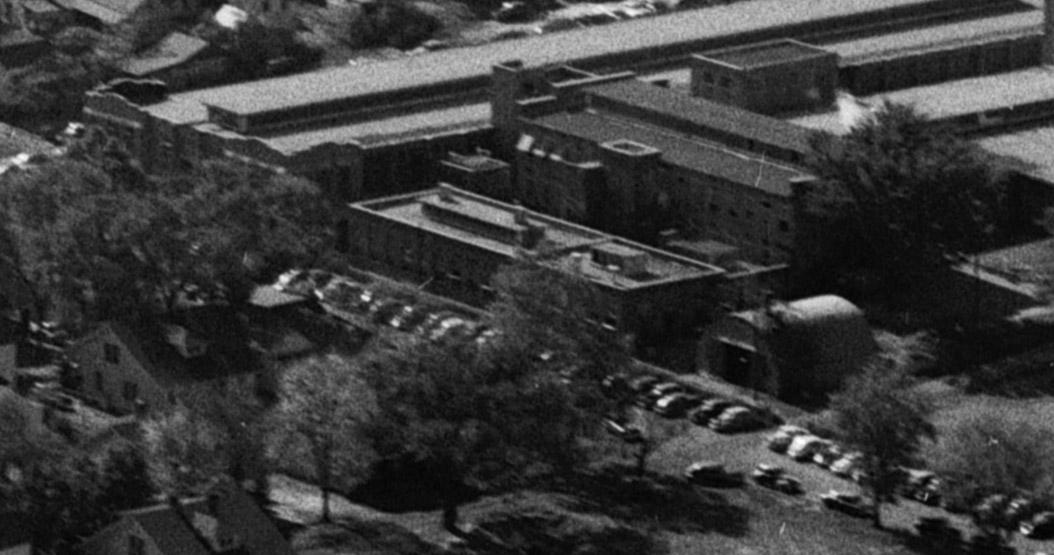
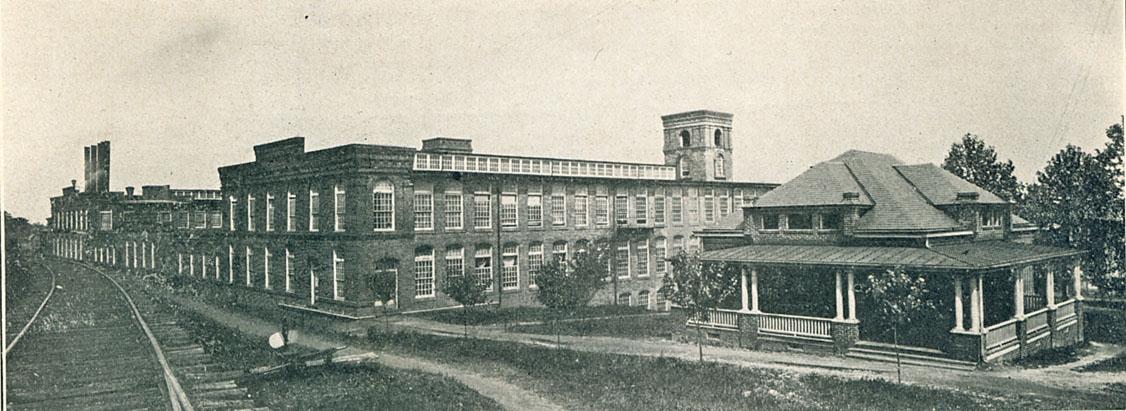
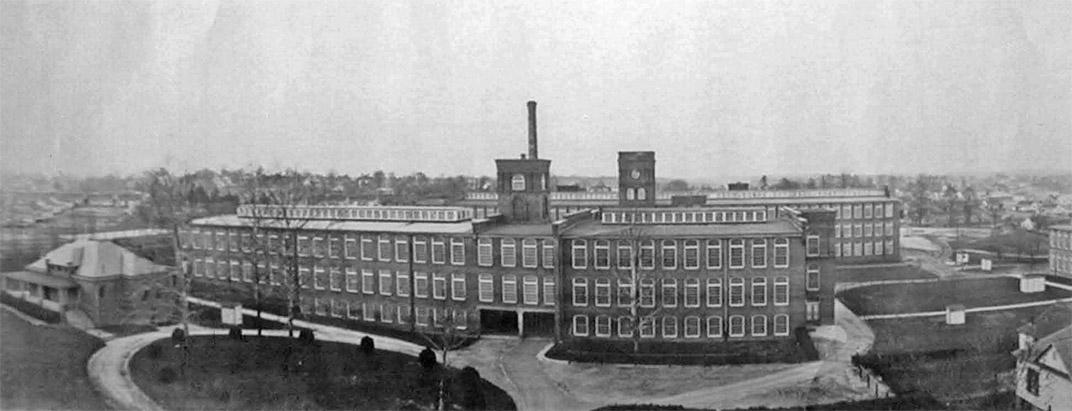
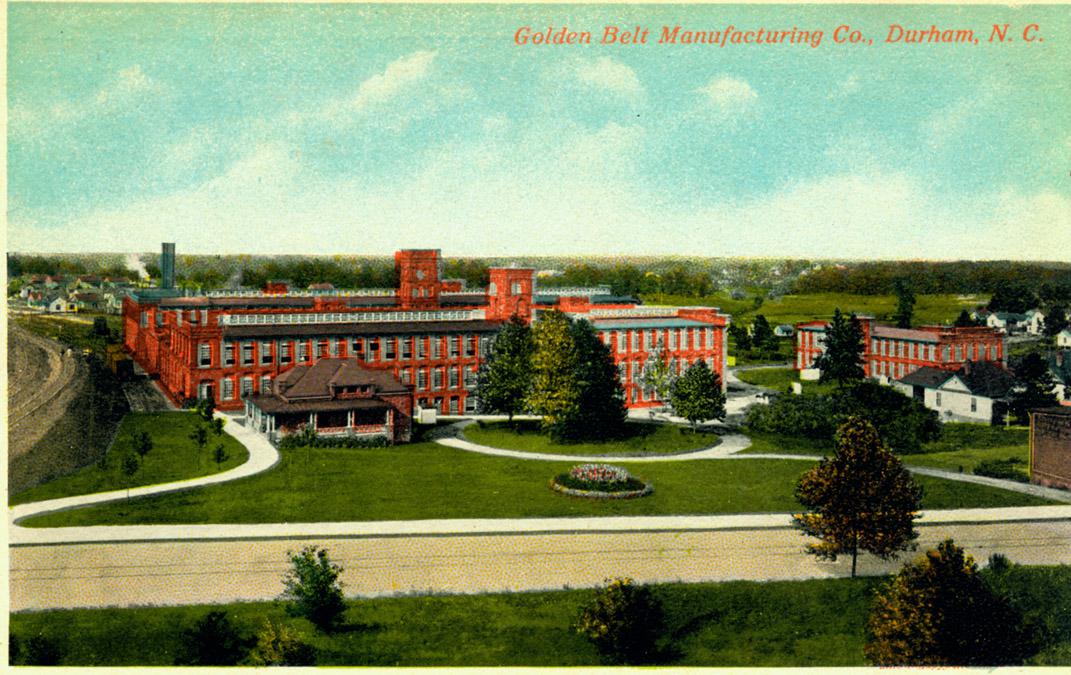
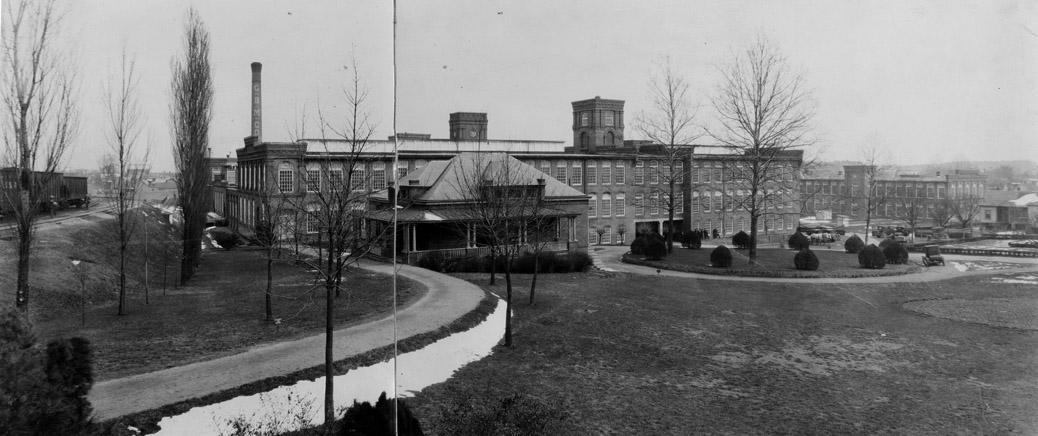
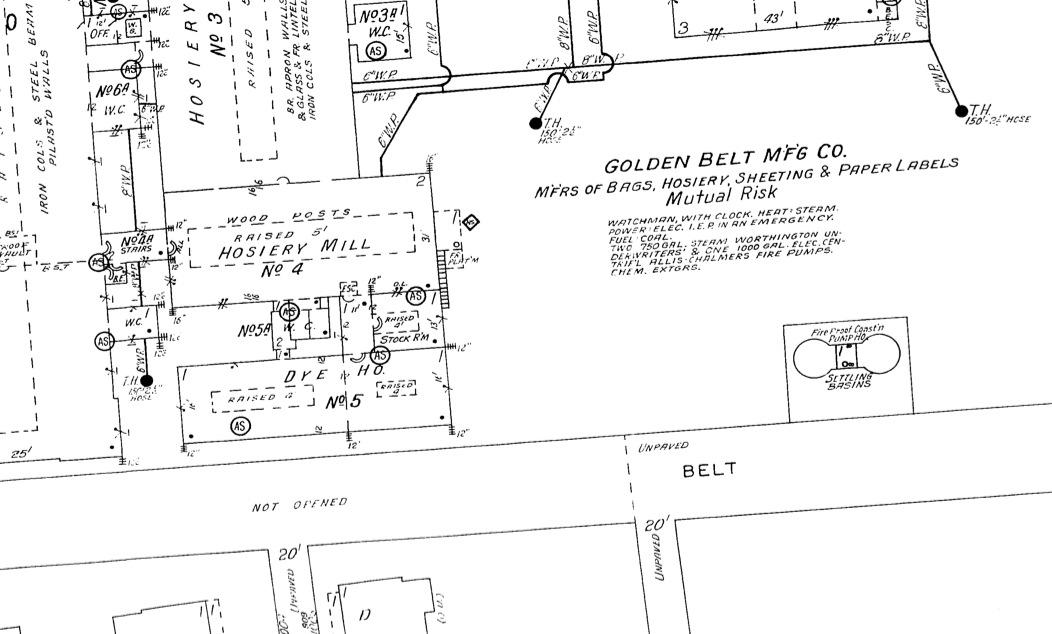
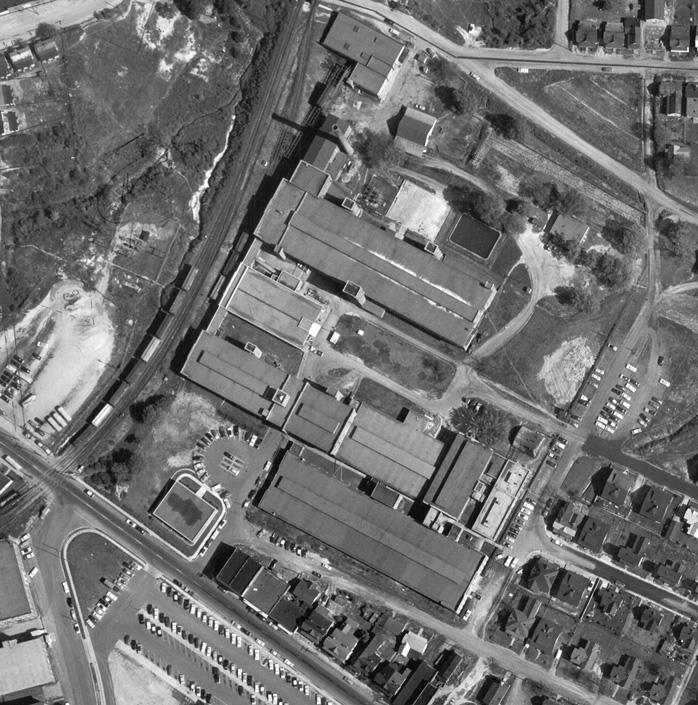

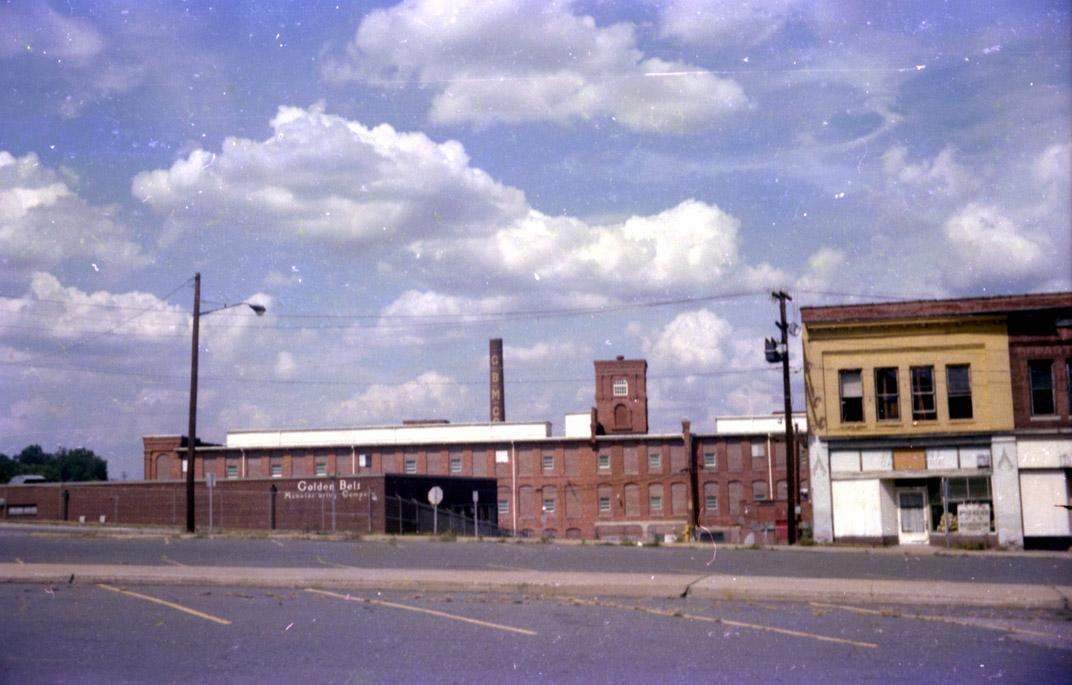
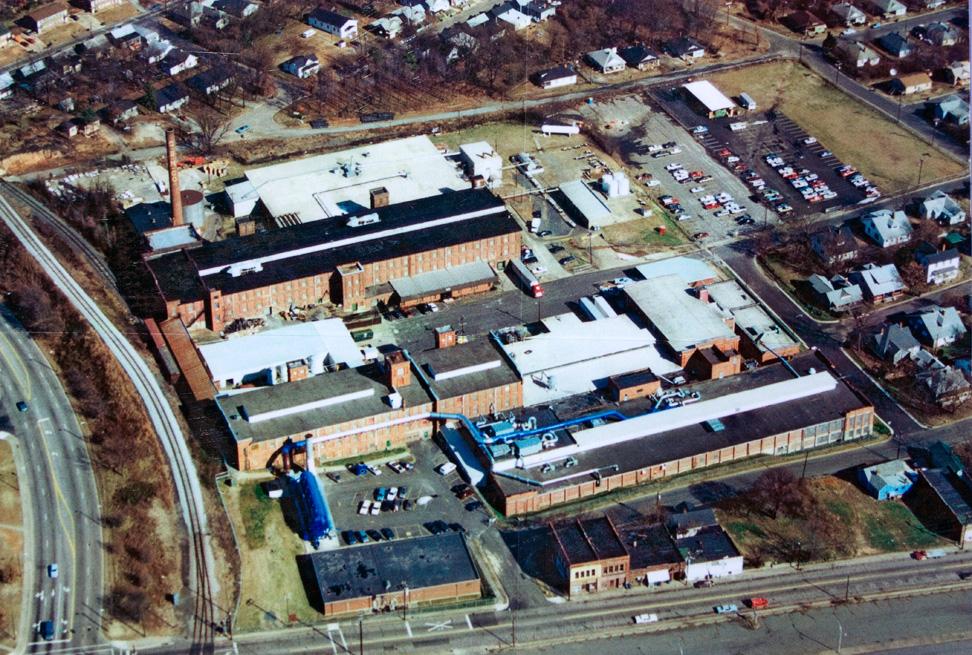
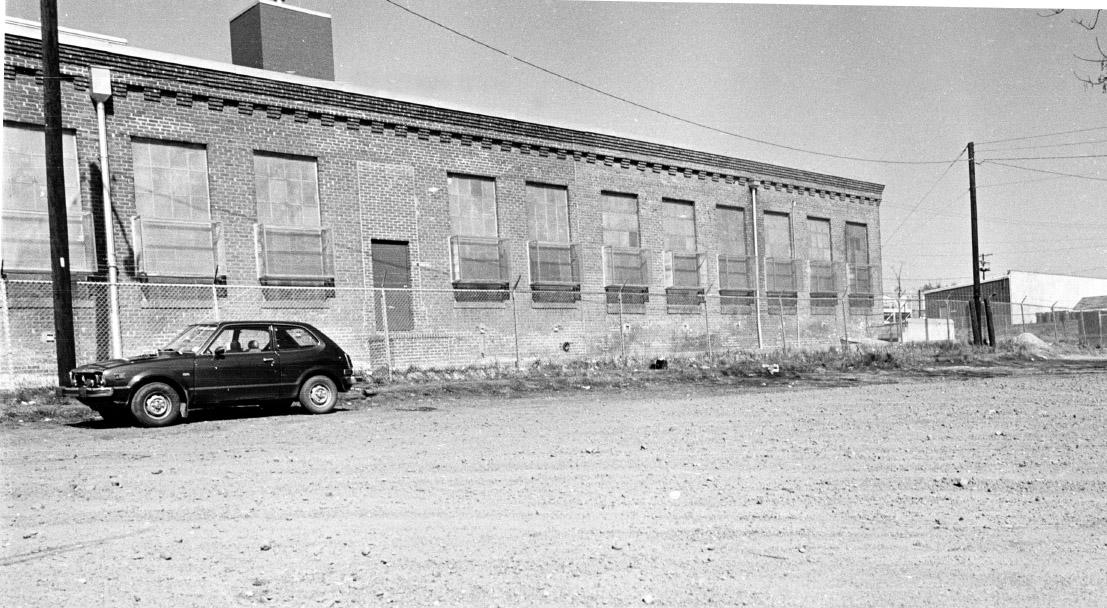
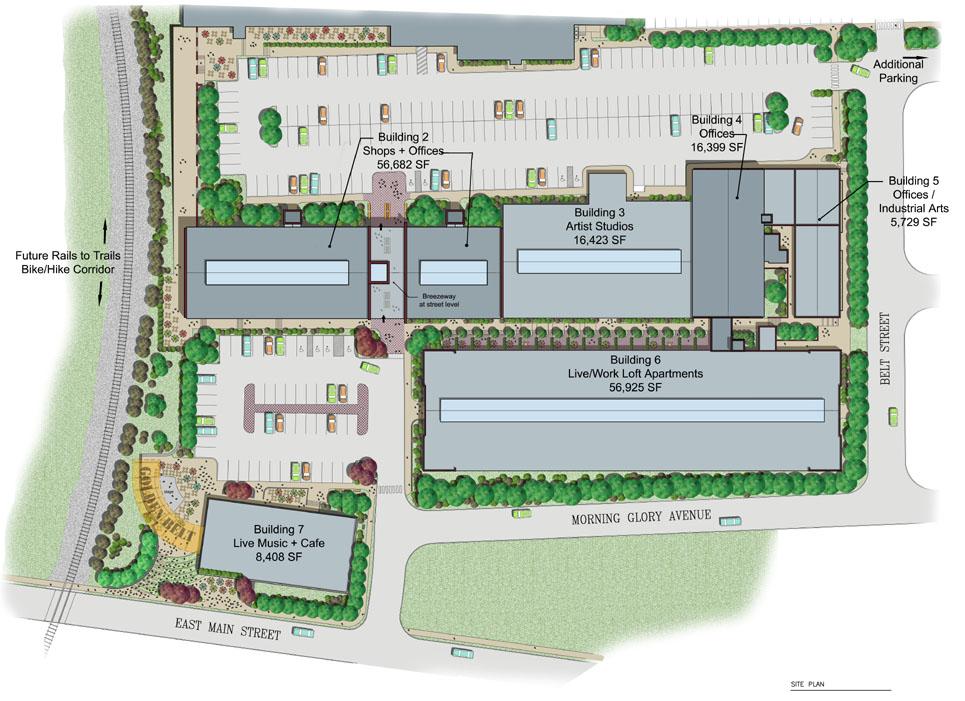
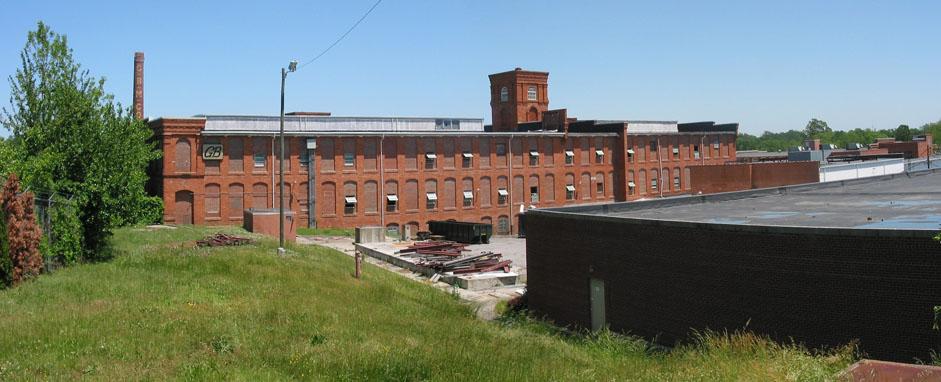
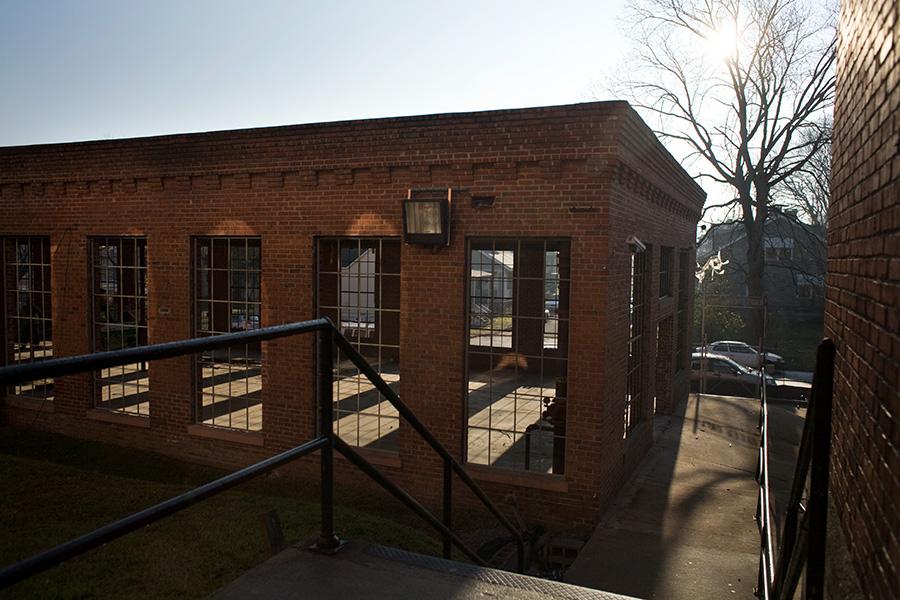

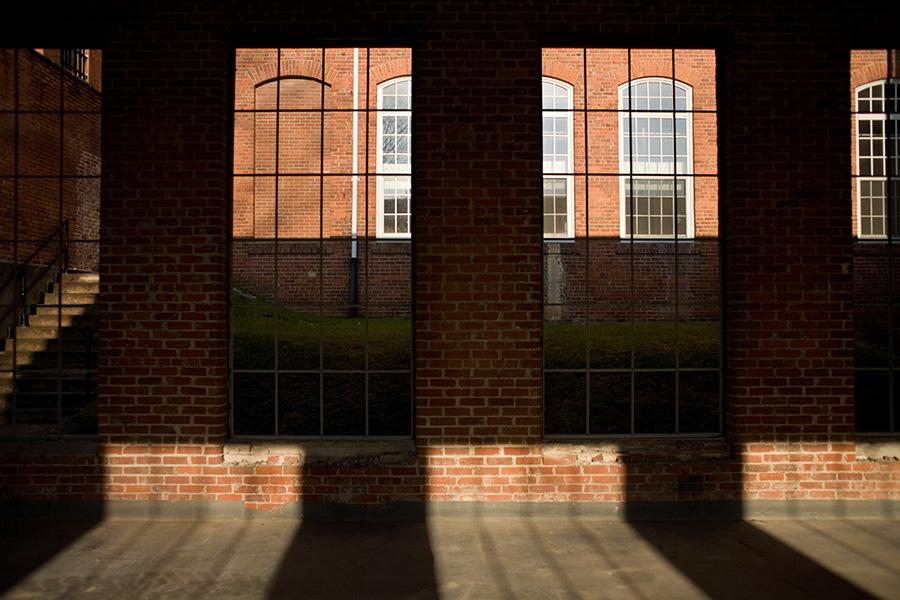
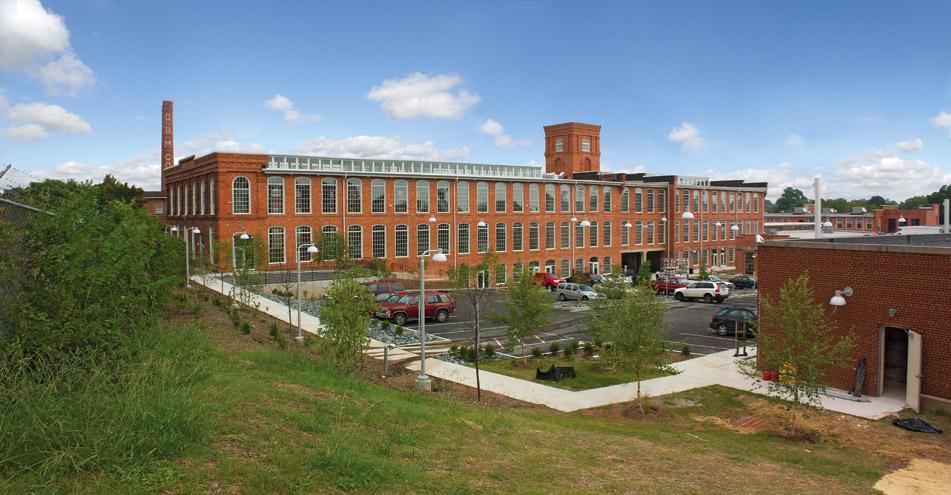
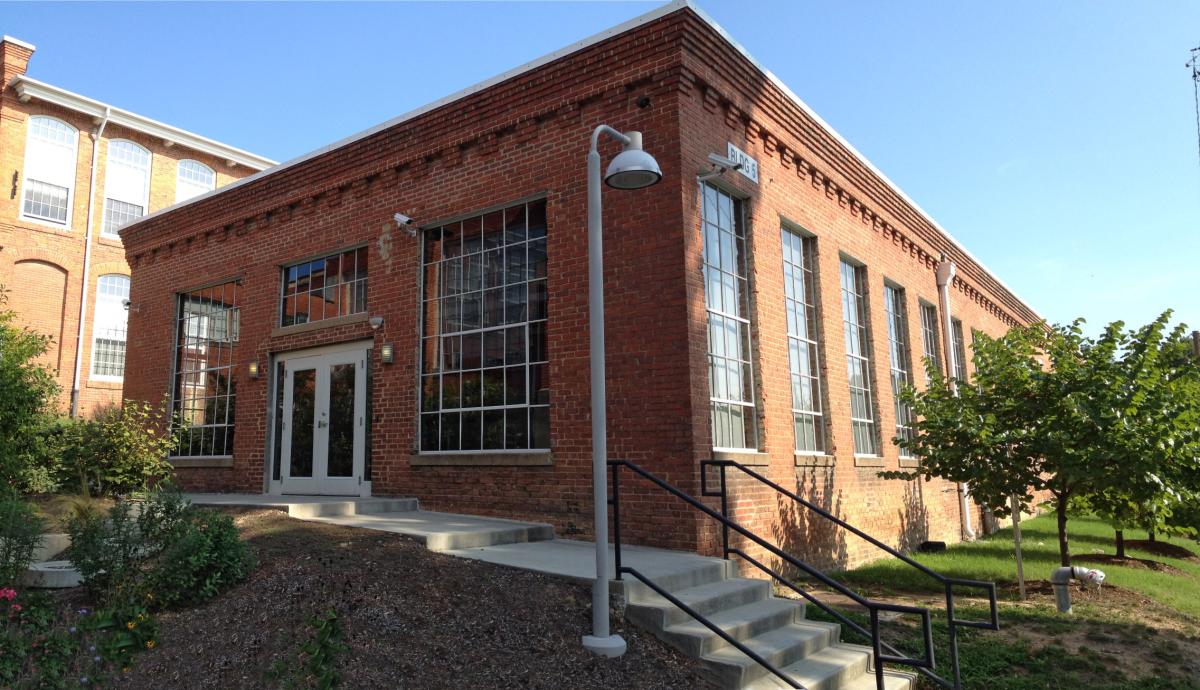
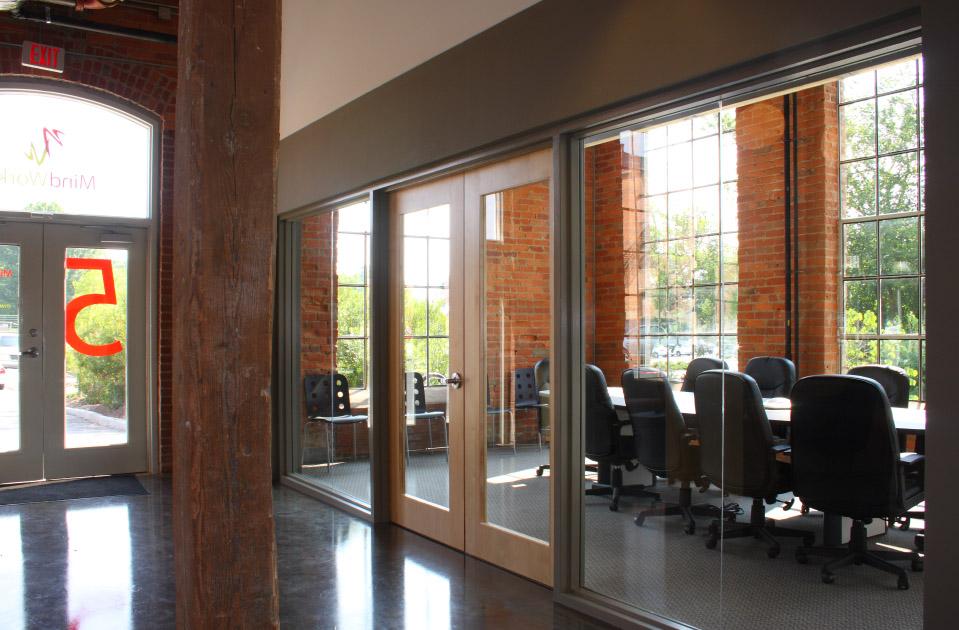
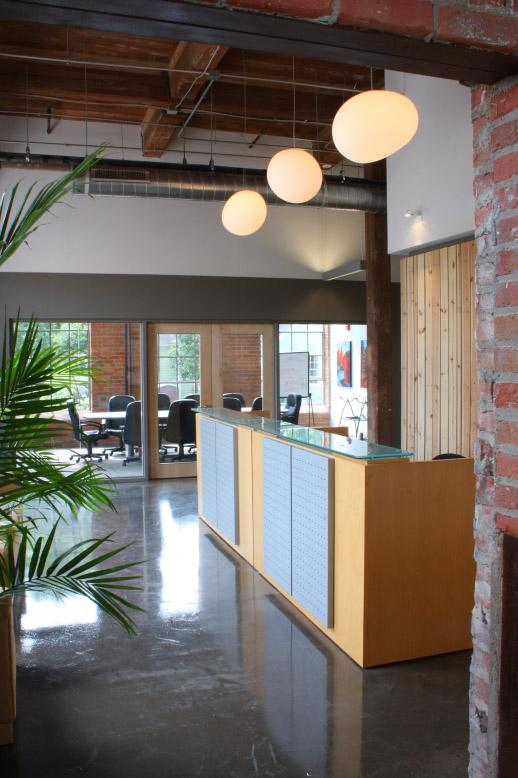
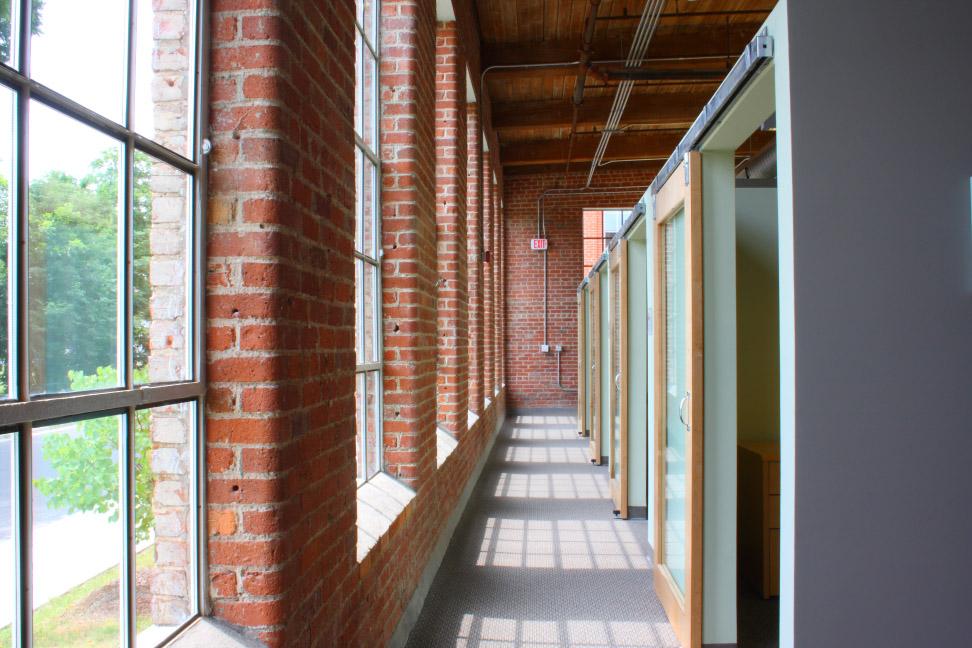
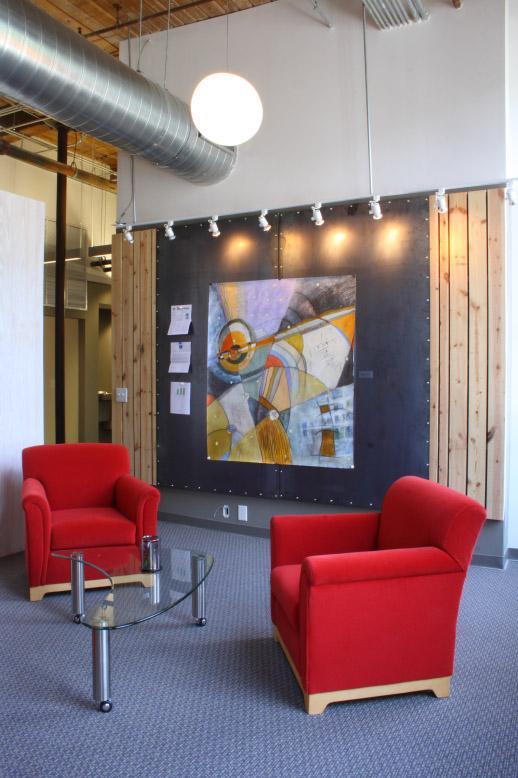


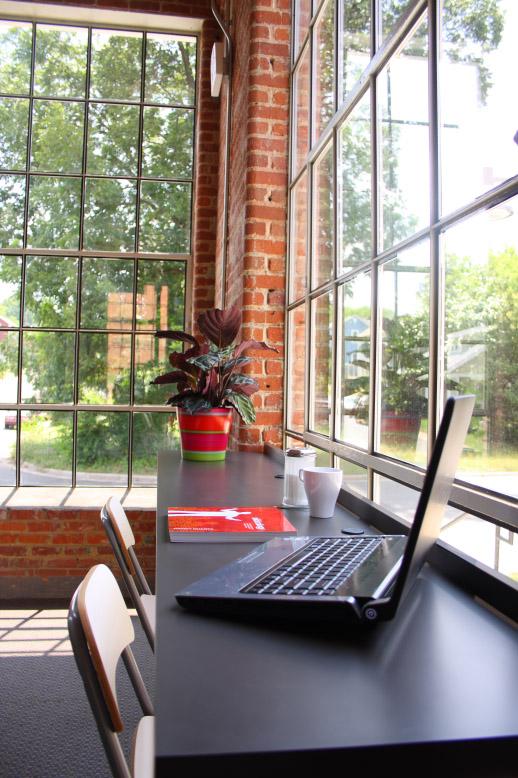
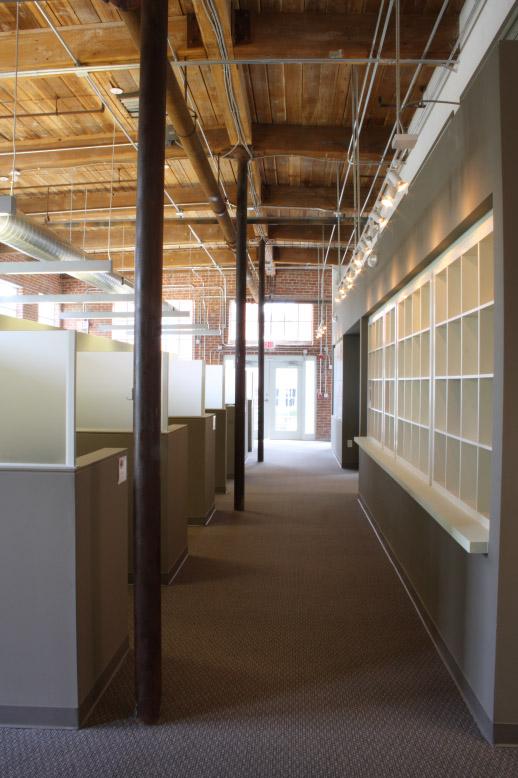
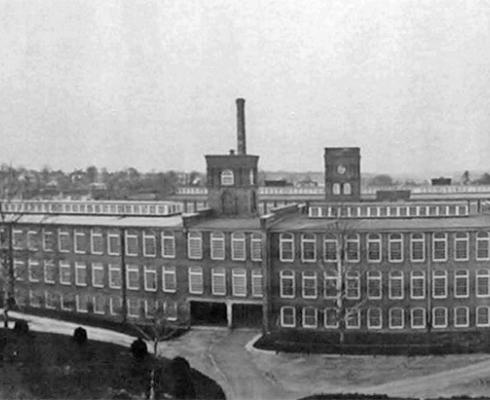
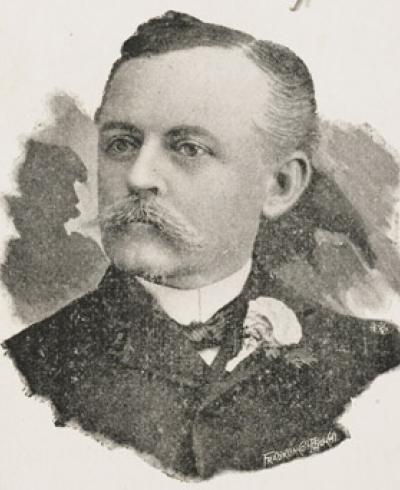
Add new comment
Log in or register to post comments.